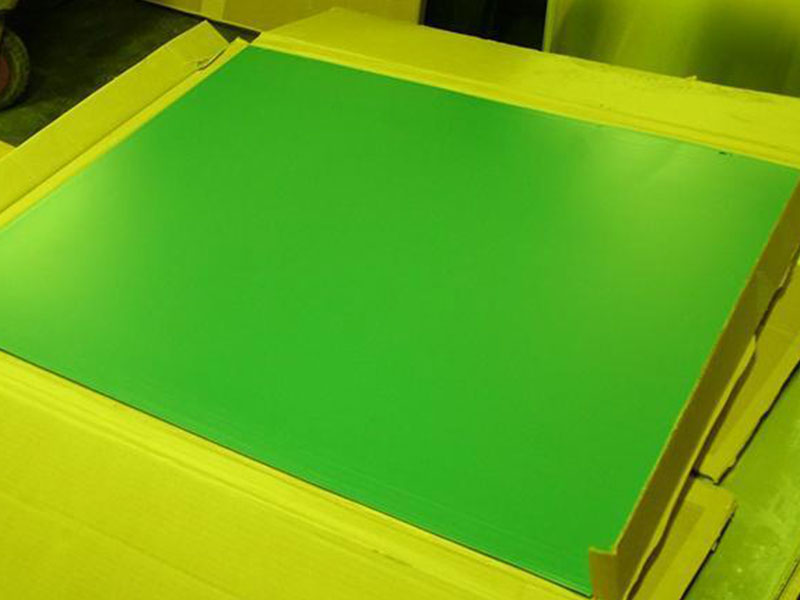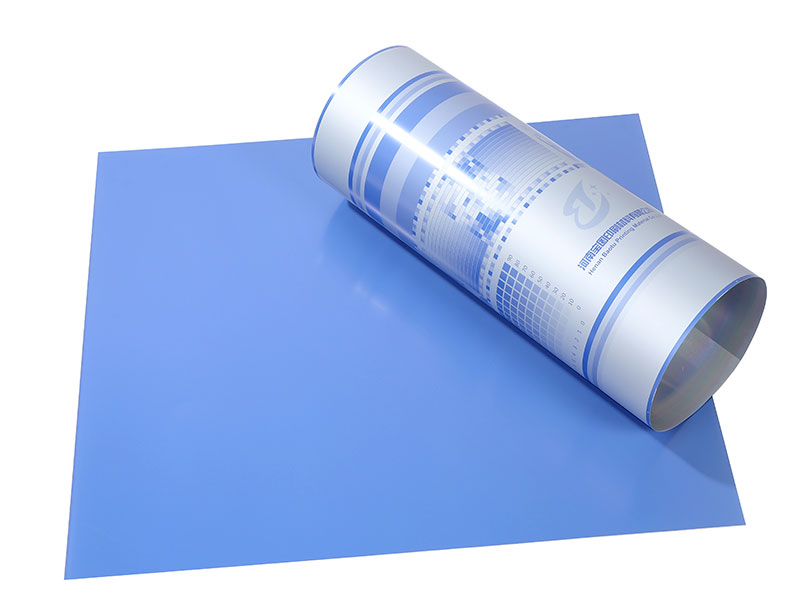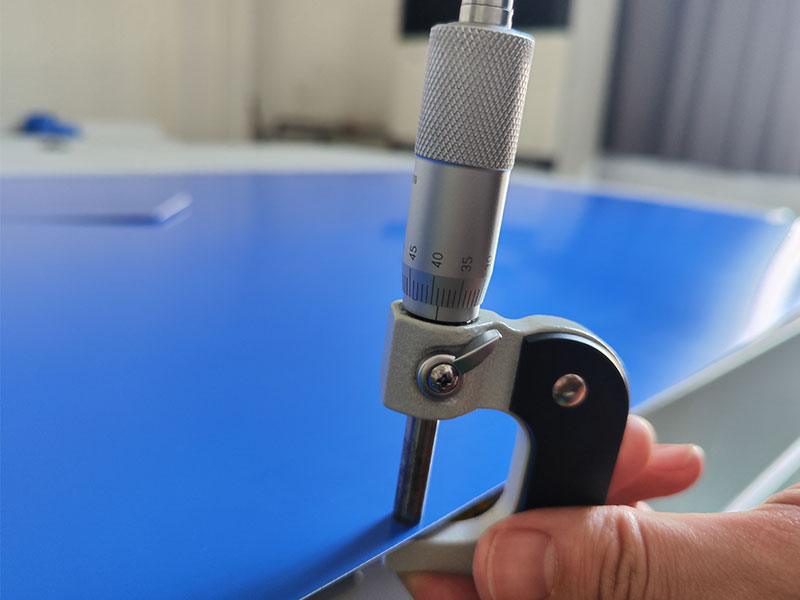| Application | Offset Printing, Digital Printing |
| Spectral Sensitivity | 320-450nm |
| Resolution | 2-99% |
| Thickness | 0.15-0.30mm |
| Specification | 0.15mm 100PCS/box; 0.30mm 50PCS/box. |
| Developer Temperature | 23+/-2 Degree |
| Laser Energy Required | 80-180mj/Cm2 |
| HS Code | 3701302 |
| Transport Package | Export Standard Seaworthy Package |
In the rapidly advancing world of printing technology, PS Plates, or Photosensitive Plates, have emerged as a cornerstone for modern offset printing. Known for their precision, efficiency, and cost-effectiveness.
PS Plates are specialized printing plates designed to work with offset printing presses. The ‘photosensitive’ aspect refers to a chemical coating that reacts when exposed to light. This reaction is fundamental in creating precise image areas on the plate, which in turn transfer the image onto a substrate during the printing process. This method is widely appreciated for its ability to produce high-quality prints with sharp detail and vibrant colors.
Composition and Structure
The structure of a PS Plate is typically made up of several key layers:
Base Material: Usually aluminum, the base provides a high degree of strength and stability necessary for repeated use during printing runs.
Photosensitive Coating: This layer contains light-sensitive chemicals that change properties when exposed to UV light. These changes define the areas of the plate that will accept ink versus those that will repel it.
Protective Coating: Some PS Plates also include an additional protective coating to enhance durability and reduce wear, ensuring longer plate life and consistent print quality.
How PS Plates Work
The process of using PS Plates in offset printing involves several well-coordinated steps:
Exposure: The PS Plate is exposed to a UV light source through a negative or digital interface, causing the photosensitive coating to harden in the exposed areas.
Development: The plate is developed chemically, where the non-image areas are washed away, leaving a clear distinction between image and non-image sections.
Printing: The developed plate is mounted on an offset press. Ink adheres to the image areas while the non-image areas attract water, preventing ink adherence. The image is then transferred from the plate to a rubber blanket, and finally onto the substrate.
Benefits of PS Plates
High Precision and Quality: The photosensitive coating allows for intricate details and sharp resolution, making them suitable for high-quality print demands.
Cost Effectiveness: PS Plates offer an excellent balance between production cost and quality, suitable for both large and small print runs.
Durability: The aluminum base and protective coatings ensure that the plates can withstand multiple print cycles without degradation.
Versatility: PS Plates are compatible with a wide range of substrates, broadening their applicability across different industries.
Applications
Commercial Printing: From brochures to magazines, PS Plates are ideal for producing diverse print materials with vibrant colors and fine detail.
Packaging: They are heavily used in packaging for creating labels, cartons, and other printed packaging materials.
Publishing: Books, newspapers, and other publications benefit from the consistency and quality of prints produced by PS Plates.



